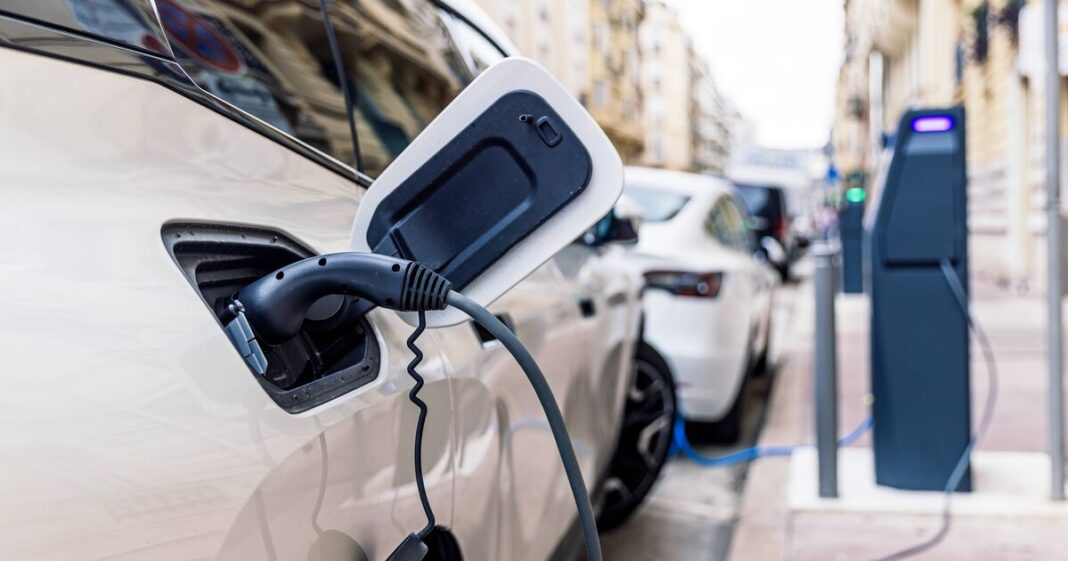For years, electric vehicle owners have enjoyed a tax-free ride, but come 2025, this is set to change with several significant adjustments on the horizon. As the number of electric vehicles on the road increases, changes to Vehicle Excise Duty (VED) could impact thousands of drivers when they take effect from April 1.
But what can electric vehicle drivers anticipate and how will it affect their pockets? Here’s a look at what’s in store.
Currently, electric vehicles are exempt from VED charges. Although no payment is required, owners must still tax their vehicles following the standard procedure for conventional cars.
The popularity of electric vehicles continues to surge, with the Society of Motor Manufacturers and Traders reporting a 41.6 per cent increase in new EV registrations in January 2025.
Only fully electric cars enjoy this tax-free status, although some ultra-low emission hybrids produced between March 1, 2001, and March 31, 2017, also qualify.
What’s changing in 2025 for EV road tax?
From April 1, 2025, the landscape will shift for electric vehicles. For the first time, electric vehicle drivers will be subject to VED, marking a considerable rise in ownership costs.
Additionally, a new Expensive Car Supplement will see those purchasing electric vehicles priced over £40,000 potentially paying up to £620 annually in tax.
For electric, zero or low emissions vehicles registered on or after April 1, 2025, drivers will be required to pay the lowest first-rate of tax – £10. However, from the second tax payment onwards, this will escalate to the standard rate of £195 annually.
Electric, zero or low-emission cars registered between April 1, 2017 and March 31, 2025, will now be subject to the standard rate of £195. In contrast, EVs registered between March 1, 2001 and March 31, 2017, will transition to the first band that has a VED value, resulting in a tax payment of £20.
Until now, electric vehicles have been exempt from the Expensive Car Supplement, but this changes from April 1 with cars registered on or after this date now liable for the additional cost. What does this mean?
Essentially, drivers of EVs costing over £40,000 will have to pay a standard rate alongside an additional supplement for the first five years from the start of the second payment.
For many, this means owners of an EV over £40,000 will pay £620 per year in road tax. The question remains: Will electric vehicles still prove cheaper to run than petrol and diesel cars?
While these tax alterations may impact the overall cost-effectiveness of operating an electric vehicle, in many respects, they should remain relatively economical to run. Much hinges on whether an owner can utilise home charging facilities, as this allows them to benefit from extremely low electricity rates provided by EV-friendly tariffs.
For a typical EV, this could equate to a full charge yielding around 200 miles of range for a mere £5. The narrative changes if one is reliant on public charging, where costs are significantly steeper.
Electric vehicles also demand less upkeep than their petrol or diesel counterparts, given the fewer moving parts. However, it’s crucial that EVs are regularly inspected to ensure key components are functioning properly and consumables such as tyres, wipers and brake pads will still require replacement.


